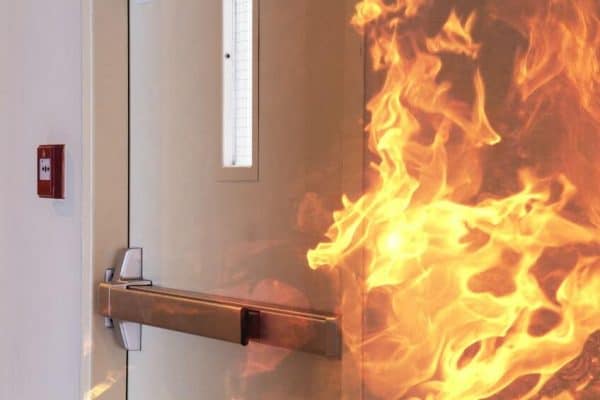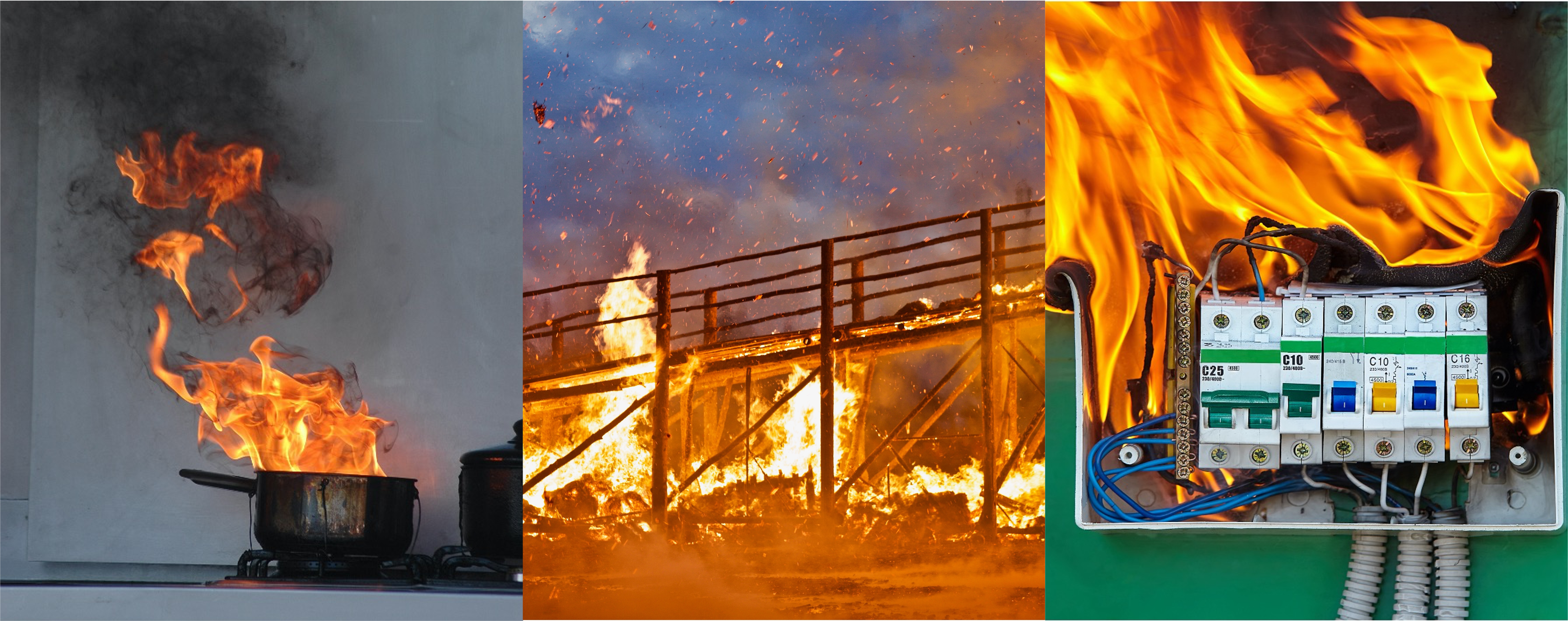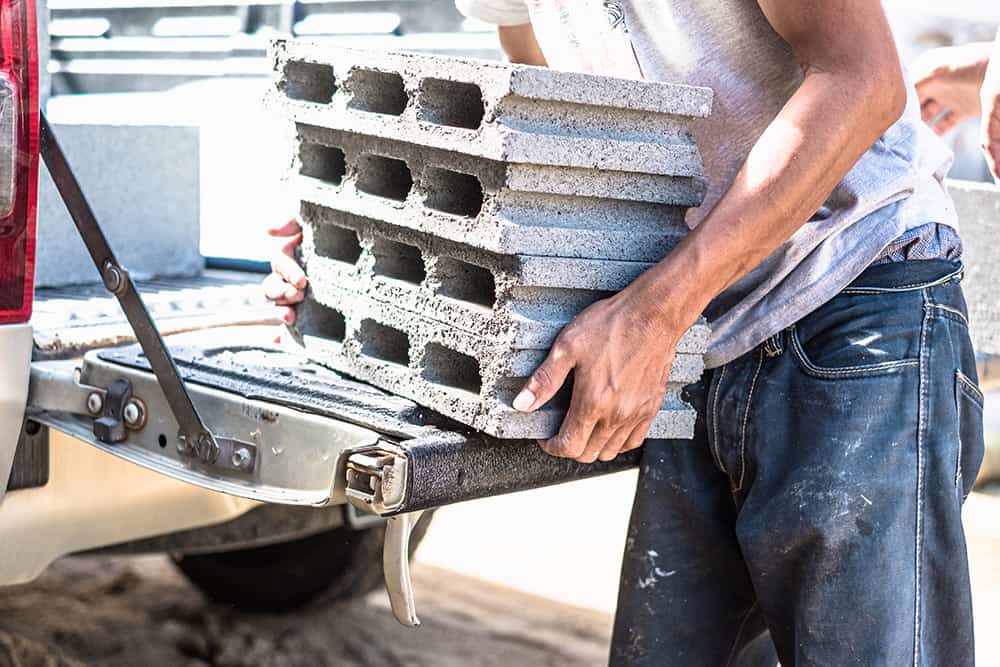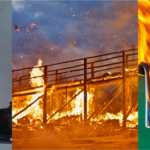
Research has found that 76% of the fire doors inspected in the UK in 2019 were condemned as not fit for purpose. The research was undertaken by the Fire Door Inspection Scheme. The figures, which highlight an ongoing problem across the country, are based on 100,000 inspections that occurred in 2,700 different buildings.
Whilst the inspections were conducted in a variety of premises, it’s noteworthy that 37% of these were sleeping accommodation, whilst 25% housed the elderly and 5% were buildings which support those with disabled, mobility or cognitive needs.
It is not difficult to imagine the degree of devastation that a failure of vital fire safety equipment such as a fire door during an emergency could cause in any of these properties.
Biggest Concern – lack of knowledge about fire doors
One of the biggest concerns for the inspectors who conducted the inspections was the lack of knowledge about fire doors by key stakeholders – for example building managers and maintenance personnel. Whilst properly functioning fire doors are required in all buildings, both residents and duty holders alike are often unaware of the vital role that these doors play.
A fire door has two main functions during a fire: they must remain closed to smoke and fire, and open for people. This stops a fire from immediately burning through a building and prevents passageways from filling with deadly smoke, whilst allowing residents to escape and emergency services to enter.
How Fire Door Inspections Work
It’s a legal requirement under Regulatory Reform (Fire safety) Order 2005 that anyone in charge of a premises has an understanding of fire safety and ensures that the building’s occupants can safely escape in the event of a fire.
As the law states, fire doors must be “subject to a suitable system of maintenance and are maintained in an efficient state, in efficient working order and in good repair”.
The regular inspection of fire doors ensures property managers and business owners are legally compliant. But beyond legal duties, inspections do save lives.
Fire door inspection is a process of systematically evaluating each key component to find evidence that it will perform as it was meant to in the conditions of a real fire.
This is vital, as individual parts, such as the door’s hinges, can have a massive effect on whether or not a door will function as it should.
The standards and specifications for each fire door vary, as they are designed to meet the specific requirements of the building, as well as its location in that building. So, detailed inspection checklists are essential in guaranteeing the correct standards are applied during each inspection.
The use of digital inspection checklists, or e-checklists, streamline this process, making it more convenient, as well as facilitating the documenting and reporting of inspection results.
At the completion of the inspection, the results are passed to the duty holder, who can verify that the inspection has occurred and manage any corrective actions required to get the door back in working order.
Common Reasons Why Fire Doors Fail Inspections
The top three reasons why fire doors failed inspections were:
- Excessive gaps
- Issues around smoke sealing
- Poorly adjusted door closers
Of these failures, 30% of doors were condemned as a result of poor installation, with this often being attributed to incorrect gap sizes around the perimeter of doors and incorrect use of non-compatible fire foam.
In addition to installation issues, regular upkeep of fire doors was also found to be a common problem, with 57% of inspected doors determined in need of small-scale maintenance.
Shockingly, it was found that 16% of the inspected doors were actually not, in fact, fire doors, but rather normal doors that had been fitted in error.
Door Certification Not a Guarantee
The inspectors found that whilst many of the fire doors that they encountered were third-party certified, this was not a guarantee that the door would be able to perform in a fire as required by fire safety regulations.
Of the inspected doors, only 24% that held certification were installed and maintained correctly, whilst 40% that held certification were installed in the right manner, but were maintained poorly. Some 36% of inspected doors held a third-party certification, but were improperly installed and maintained.
A Moral & Legal Duty
It’s clear that – despite the Grenfell Tower incident and the resulting inquiry – there is still a long way to go to ensure fire doors will protect lives as they are meant to in a fire.
A lack of understanding of fire doors along with improper installation and poor maintenance are all still more common than not.
Indeed, the full extent of the problem is yet to be revealed as many more fire doors have not been properly inspected at all.
Along with placing lives at risk, failing to ensure the integrity of fire doors can have numerous legal consequences. Property managers and business owners convicted for impeding a fire door’s function can result in unlimited fines and up to two years in prison.
Online Fire Door Inspection Training Course
In order to ensure fire doors are functioning as they should, it is vital to conduct regular inspections. It was recently suggested that this should occur at least every three months; however, more frequent inspections may be required based on the door’s usage.
Whilst hiring an external fire door inspector to evaluate the fire doors you are responsible for is an option, it is also possible to gain the knowledge necessary to conduct inspections yourself.
The Human Focus RoSPA assured Fire Door Inspection course provides the knowledge necessary to conduct fire door inspections.
This online course provides an in depth look at:
- The legal requirements
- Key components and pass/fail criteria of fire doors
- Step by step walkthrough of how to conduct a fire door inspection.
The course comes with a ready to use fire door inspection e-Checklist app. This operates on any mobile device and makes completing inspections far easier. It is designed to support putting the knowledge gained in the training course into use. It also facilitates the documenting and reporting fire door inspections.


















































































































































































































































































































































































































































































